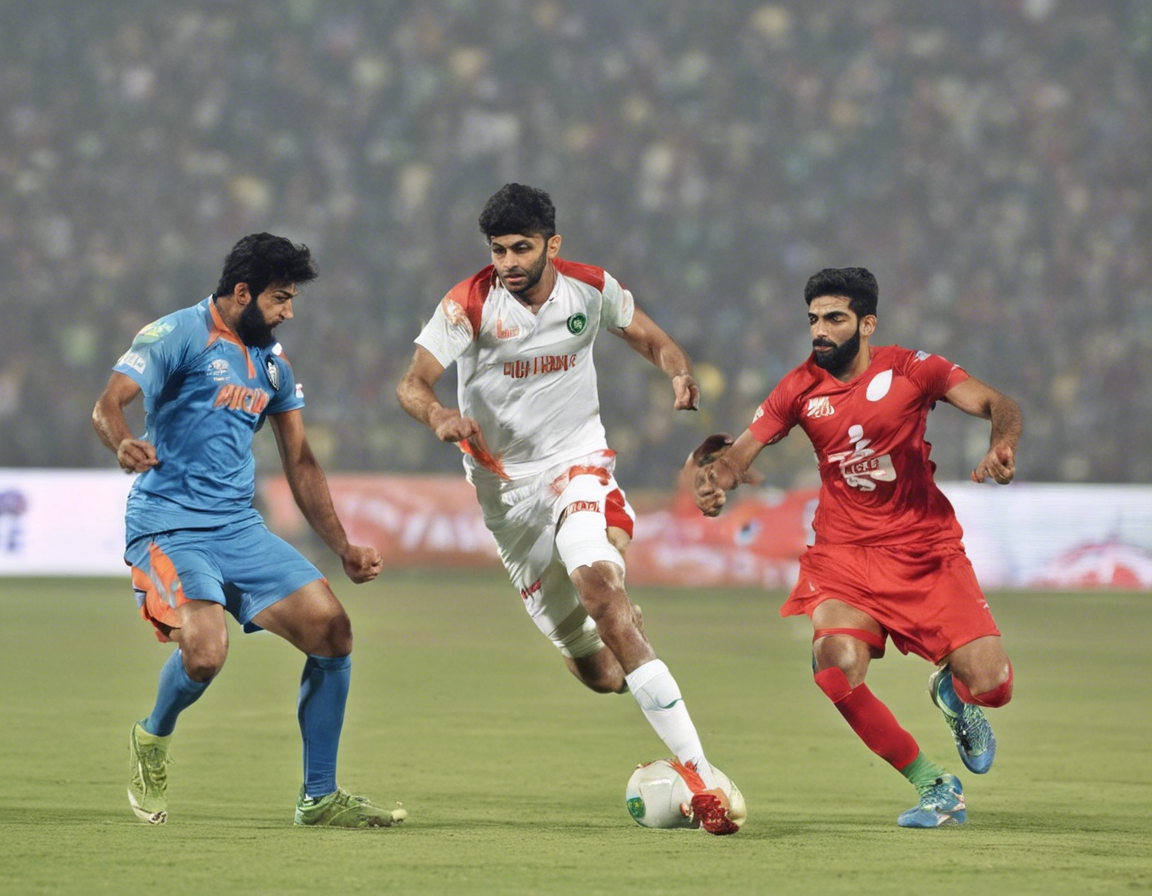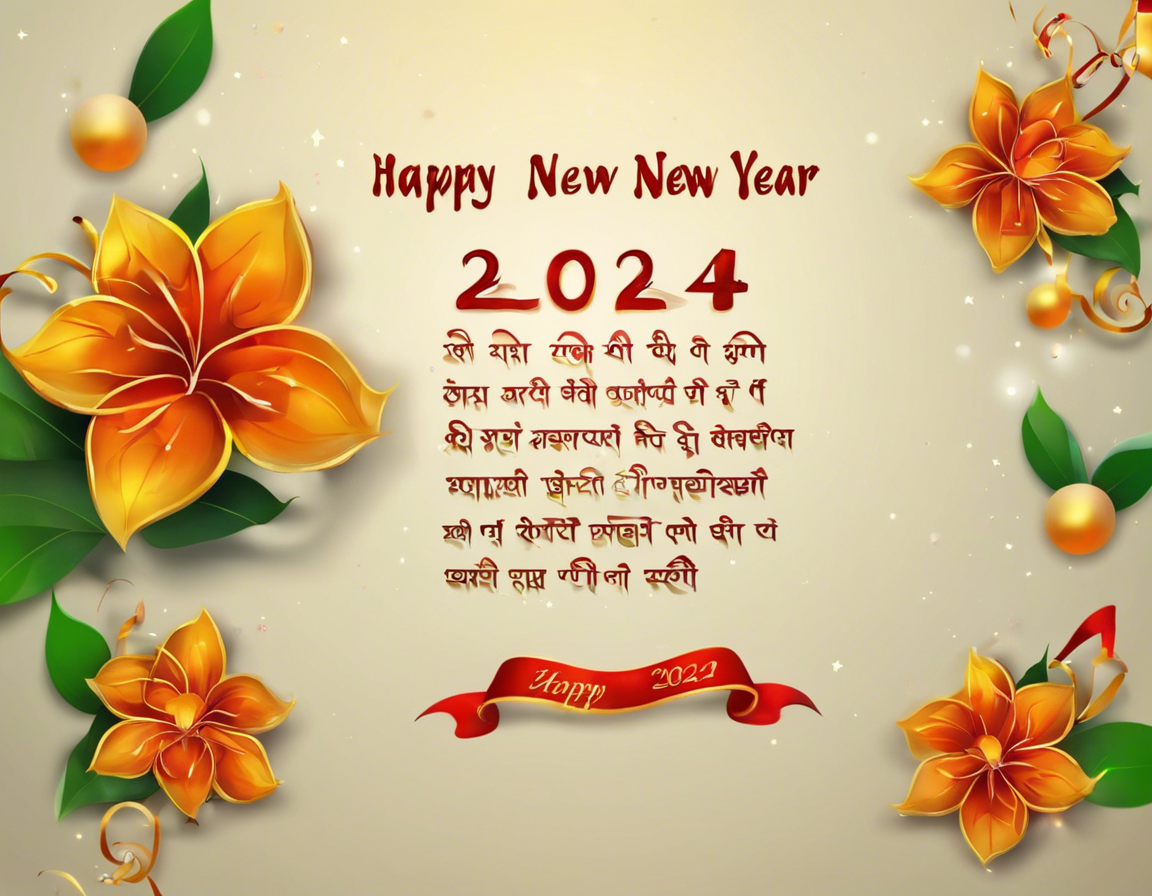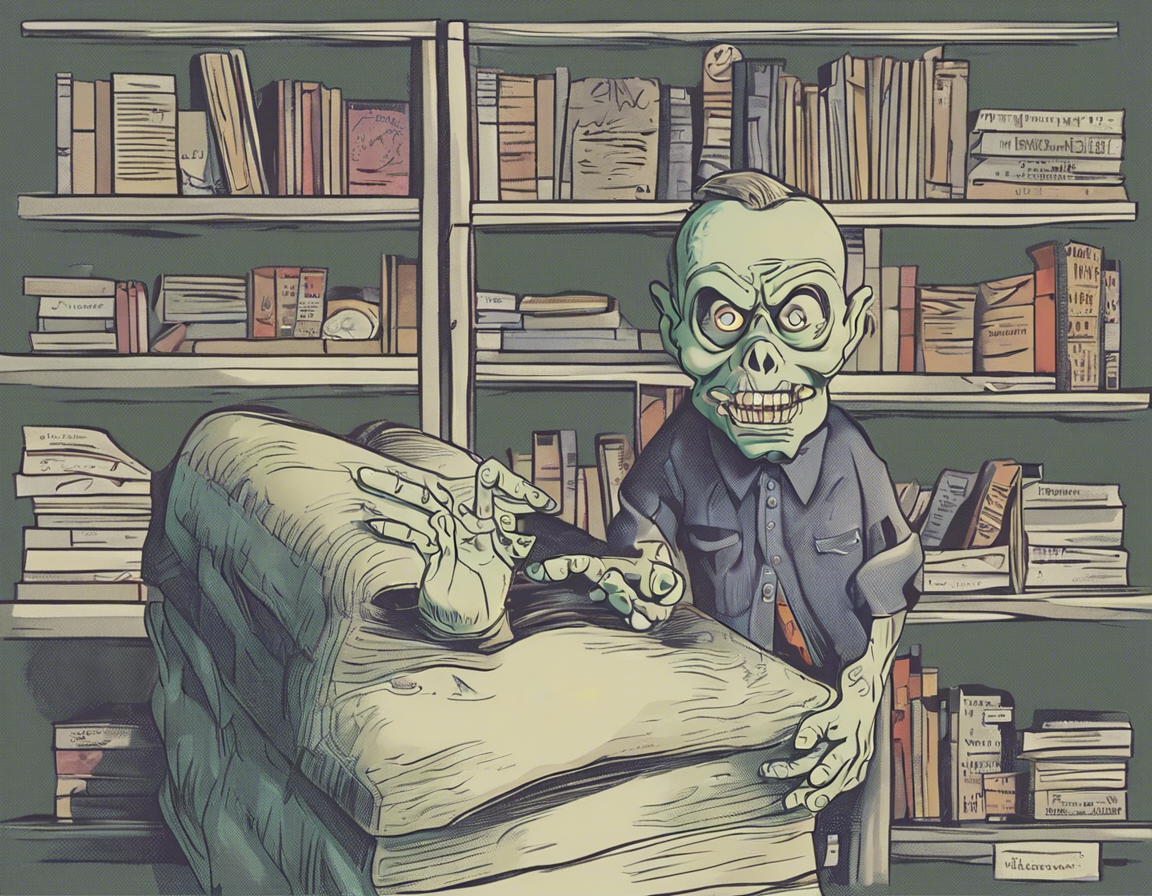Introduction:
India and Lebanon are two countries with rich cultural heritage and traditions that have evolved over centuries. Despite being located in different parts of the world, these countries share some similarities but also exhibit significant contrasts in their cultural aspects. In this article, we will delve into the similarities and differences between Indian and Lebanese cultures, exploring various facets such as history, religion, cuisine, and social norms.
Historical Background:
India, with its ancient civilization dating back thousands of years, has a diverse and multicultural society. The country has been influenced by various ruling dynasties, including the Mughals, British, and Portuguese, which have left a lasting impact on its culture. On the other hand, Lebanon has a history of being a crossroads of civilizations, influenced by Phoenician, Roman, Arab, and Ottoman empires. Both countries have a rich tapestry of history that is reflected in their cultural practices and traditions.
Religion:
One of the significant differences between India and Lebanon is their dominant religions. India is a land of religious diversity, with Hinduism, Islam, Christianity, Sikhism, Buddhism, and Jainism being the major religions practiced. On the other hand, Lebanon is known for its significant Muslim and Christian populations, with Islam and Christianity being the two dominant religions. This difference in religious composition has a profound impact on the cultural practices and traditions observed in both countries.
Cuisine:
Indian cuisine is known for its rich flavors, spices, and diverse range of dishes. It varies greatly from region to region, with each state having its unique culinary traditions. Lebanese cuisine, on the other hand, is famous for its fresh ingredients, mezze platters, and grilled meats. While Indian cuisine is characterized by its use of spices such as turmeric, cumin, and coriander, Lebanese cuisine focuses on fresh herbs like parsley, mint, and spices like sumac and cinnamon. Despite the differences, both cuisines are celebrated for their bold flavors and use of fresh ingredients.
Social Norms:
The social norms and customs in India and Lebanon also exhibit stark differences. In India, the concept of family is highly valued, with multi-generational families living together and playing a significant role in individuals’ lives. Respect for elders, hospitality, and traditional gender roles are essential aspects of Indian society. In contrast, Lebanese society is more liberal and Westernized, with a focus on individualism and personal freedoms. Gender roles are more fluid in Lebanon, and the concept of family is not as tightly knit as in India.
Arts and Literature:
Both India and Lebanon have a rich tradition of arts and literature that have flourished over the centuries. India is known for its classical music, dance forms like Bharatanatyam and Kathak, and traditional art forms such as Mughal miniatures and Madhubani paintings. Lebanese culture, on the other hand, is renowned for its contributions to Arabic literature, music, and dance. The country has produced influential writers, poets, and musicians who have made a mark on the global stage.
Frequently Asked Questions (FAQs):
Q1: What are some common festivals celebrated in India and Lebanon?
A1: In India, festivals like Diwali (Festival of Lights), Holi (Festival of Colors), Eid, and Christmas are widely celebrated. In Lebanon, major festivals include Eid al-Fitr, Christmas, and Independence Day.
Q2: How do traditional Indian and Lebanese weddings differ?
A2: Indian weddings are elaborate affairs that can last several days, involving various rituals, ceremonies, and vibrant attire. Lebanese weddings are also grand events but are typically held in hotels or banquet halls and incorporate modern elements.
Q3: What is the traditional attire in India and Lebanon?
A3: In India, traditional attire varies across regions, with sarees, salwar kameez, and dhotis being commonly worn. In Lebanon, traditional attire includes the thawb (long robe) for men and the abaya for women.
Q4: What are some popular dance forms in India and Lebanon?
A4: Indian dance forms like Bharatanatyam, Kathak, and Bhangra are popular, while Lebanon is known for its traditional dabke dance, a line dance performed at weddings and celebrations.
Q5: How do greetings differ in Indian and Lebanese cultures?
A5: In India, greetings often involve joining hands and saying “Namaste” or “Salaam.” In Lebanon, a common greeting is “Marhaba” (Hello) or “Ahlaan” (Welcome).
Conclusion:
In conclusion, while India and Lebanon may have some common cultural threads running through them, they also exhibit significant contrasts in terms of history, religion, cuisine, social norms, and arts. Exploring these cultural differences not only enhances our understanding of these two diverse countries but also highlights the richness and complexity of human civilization across the globe.



